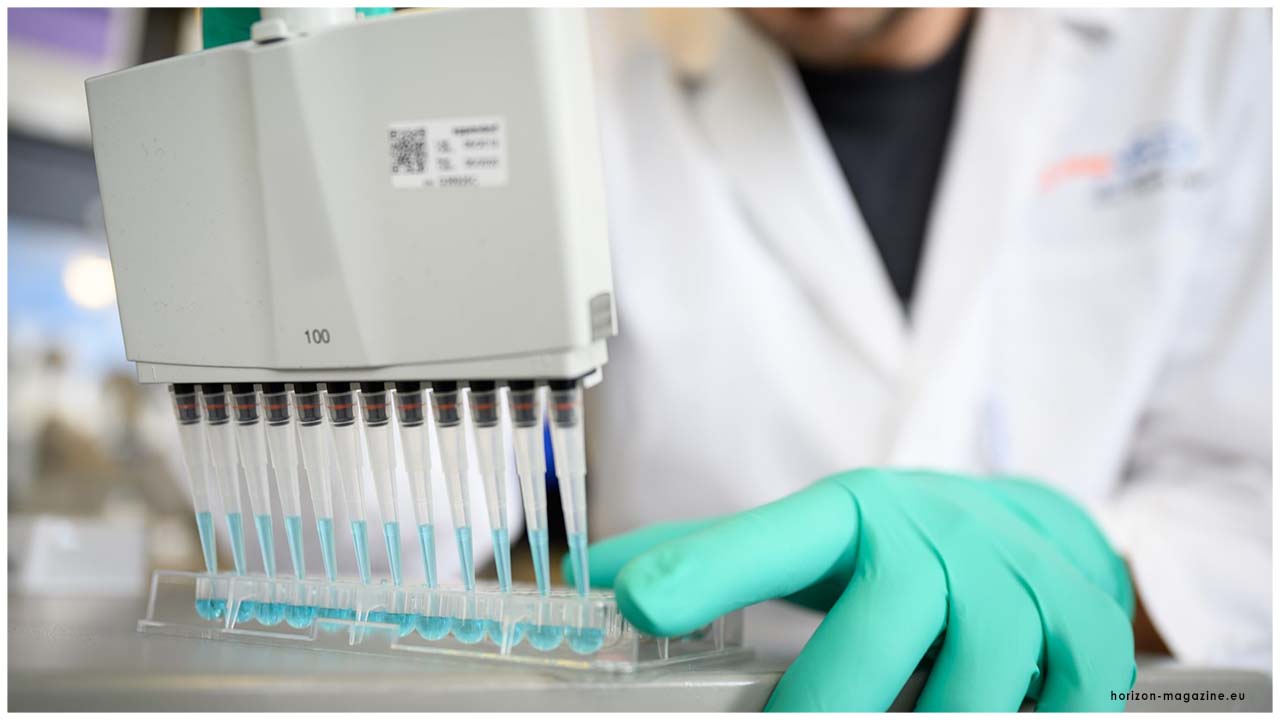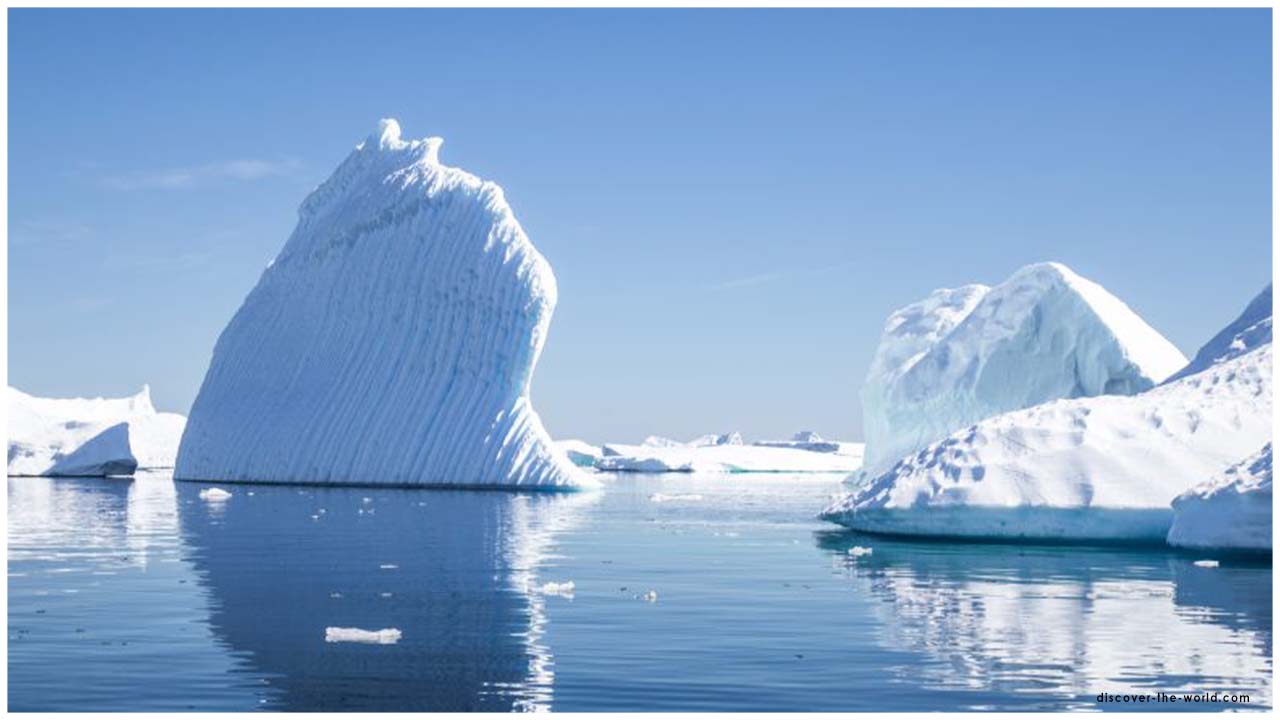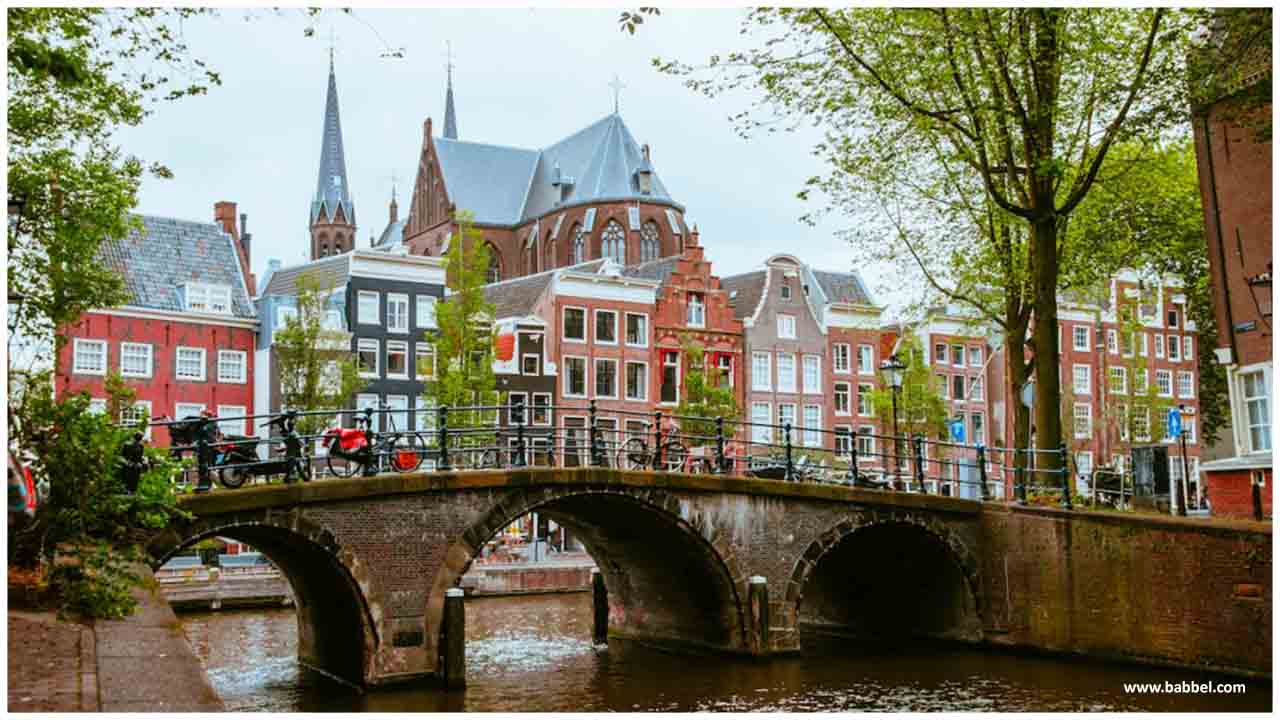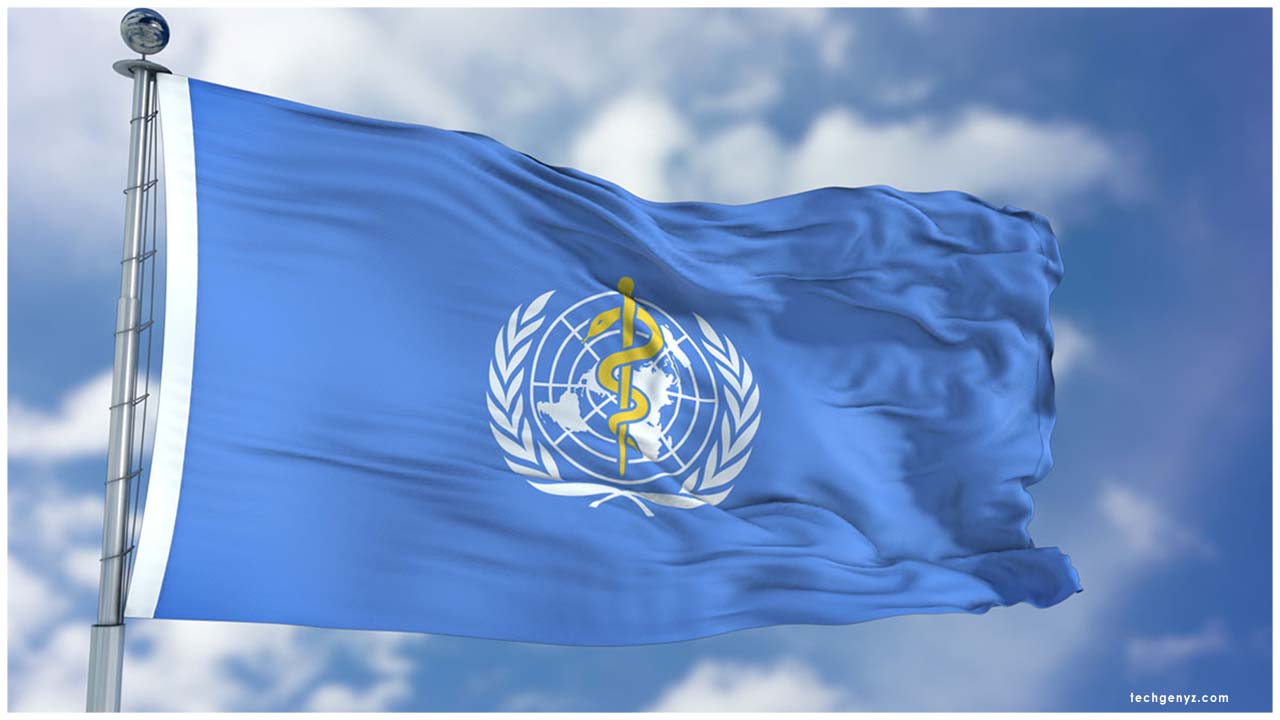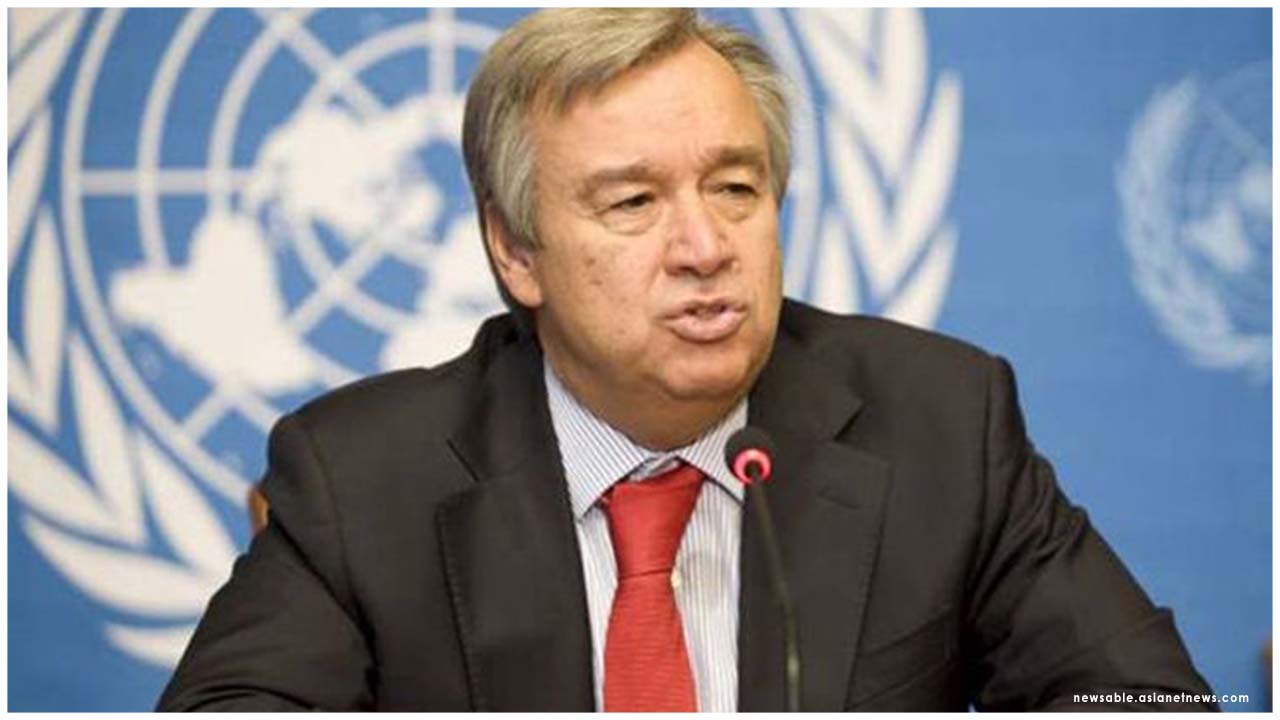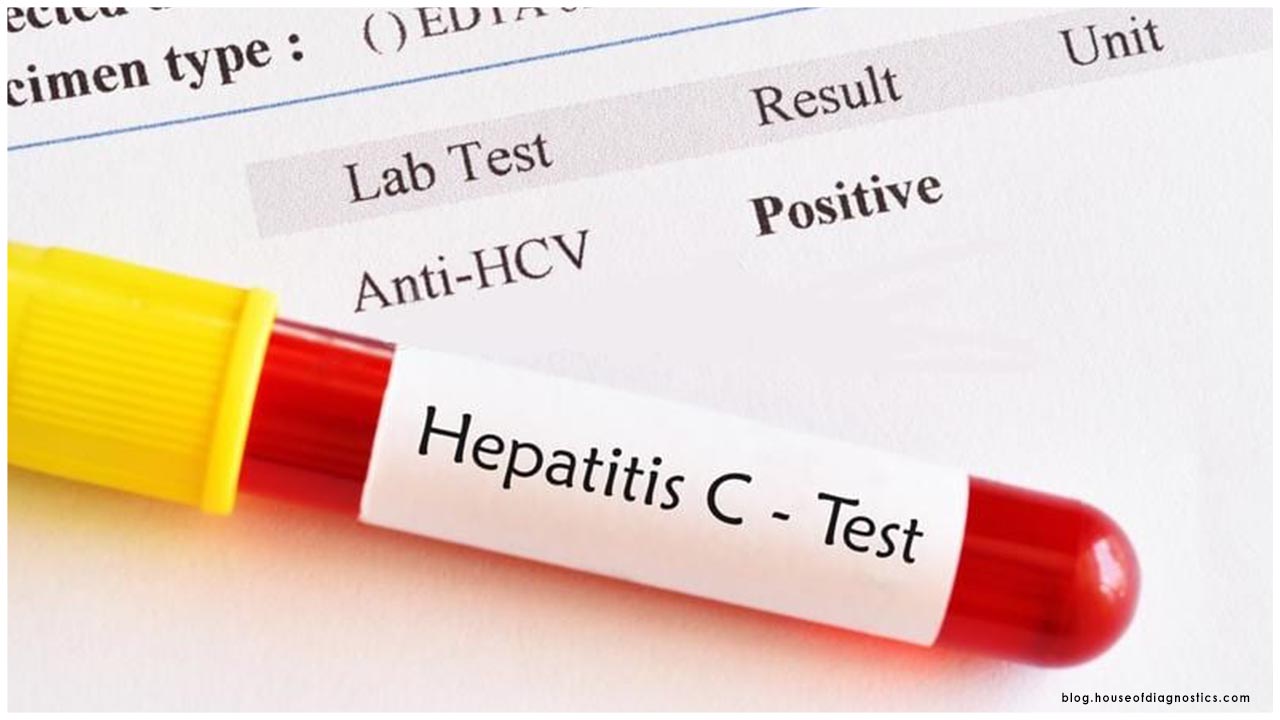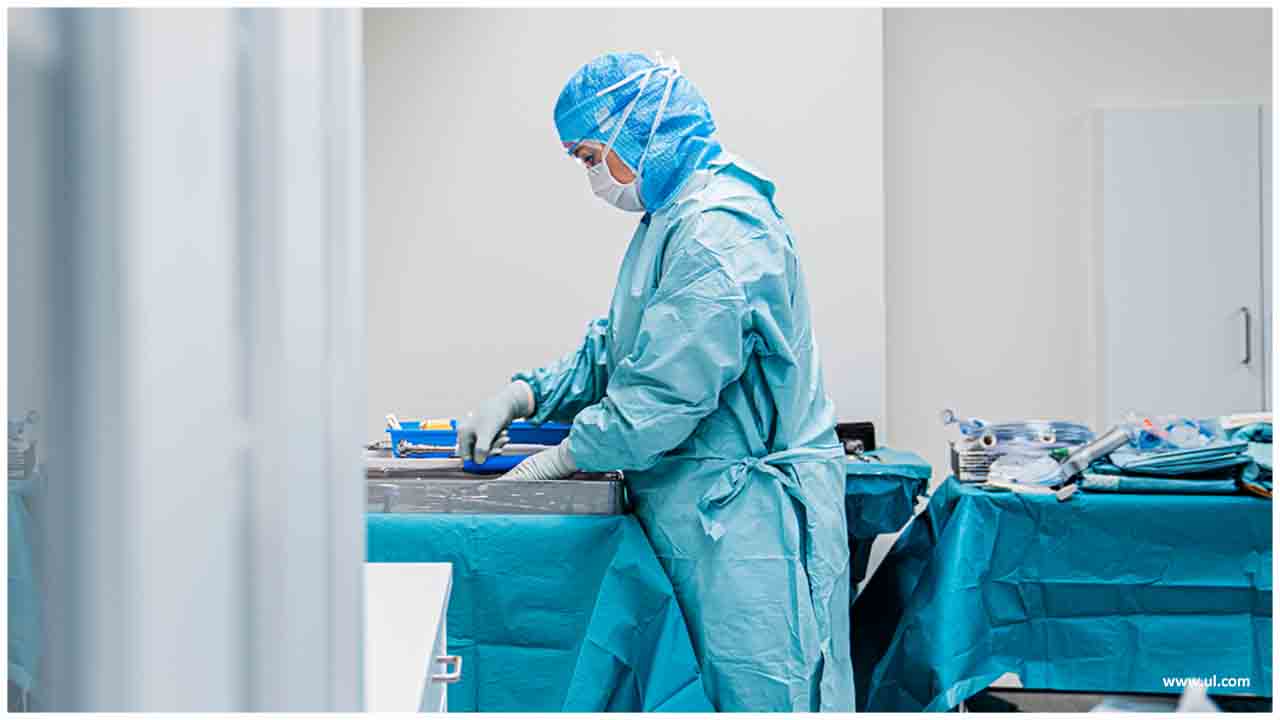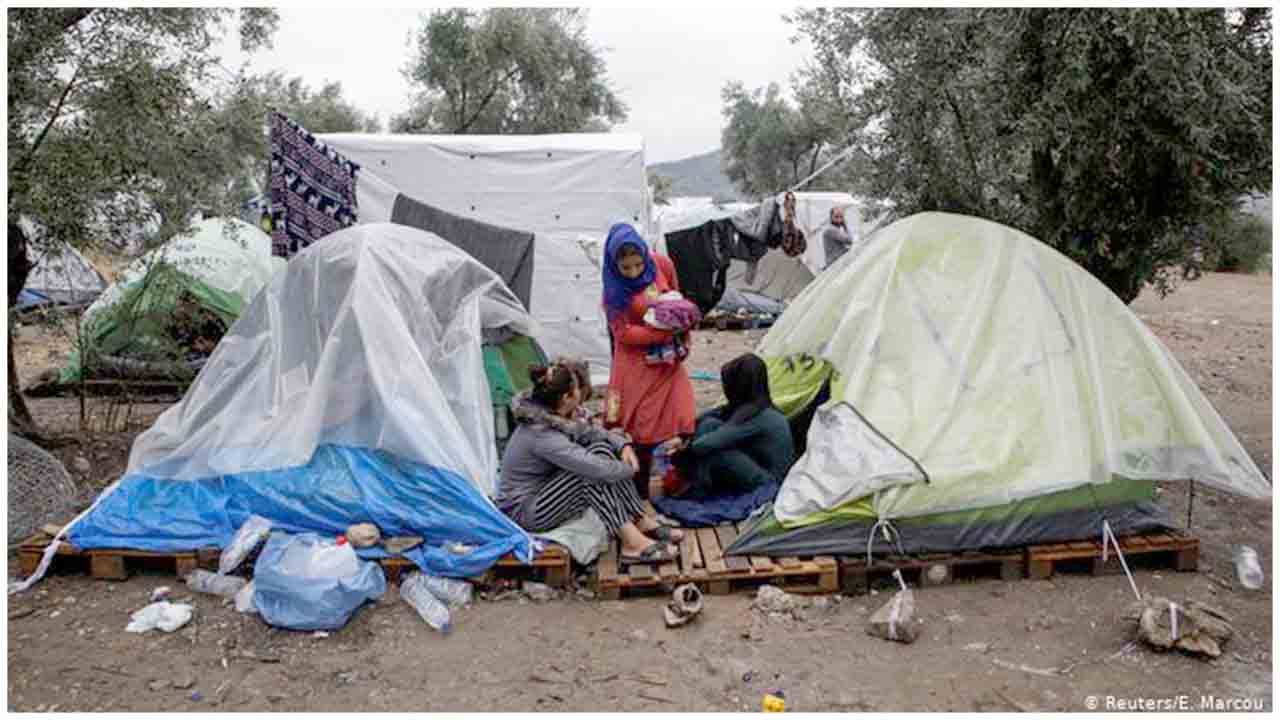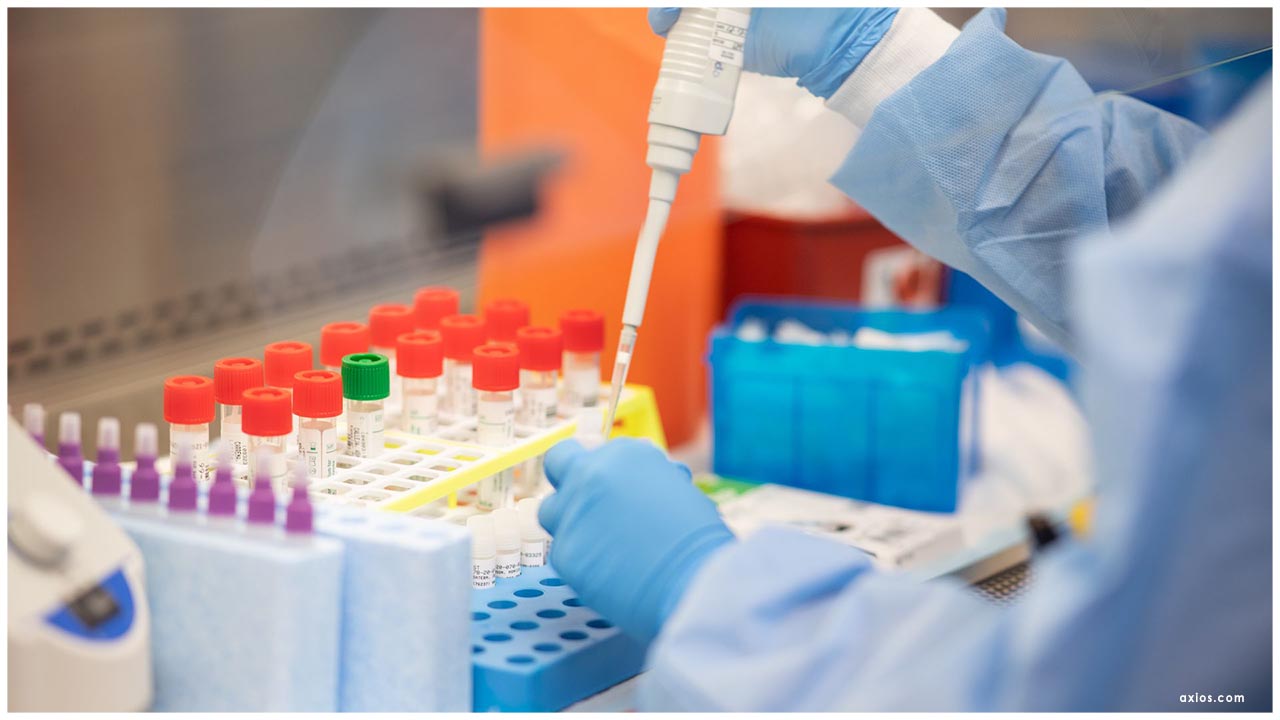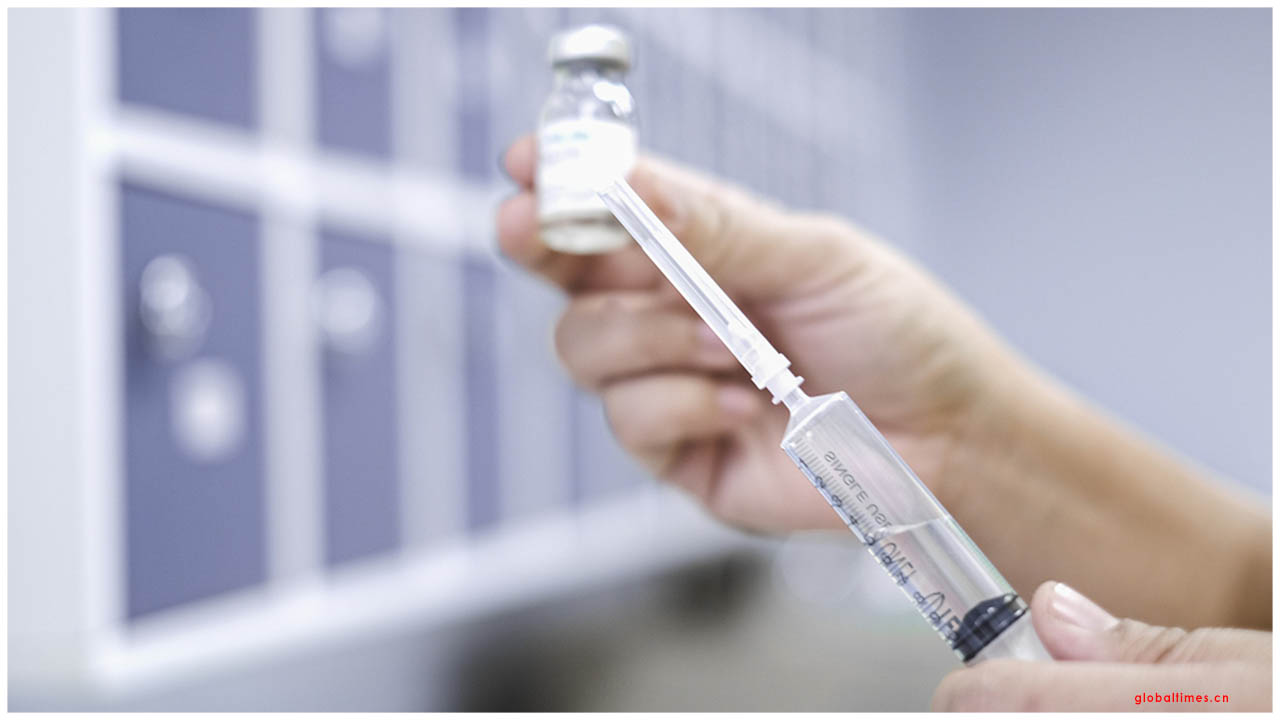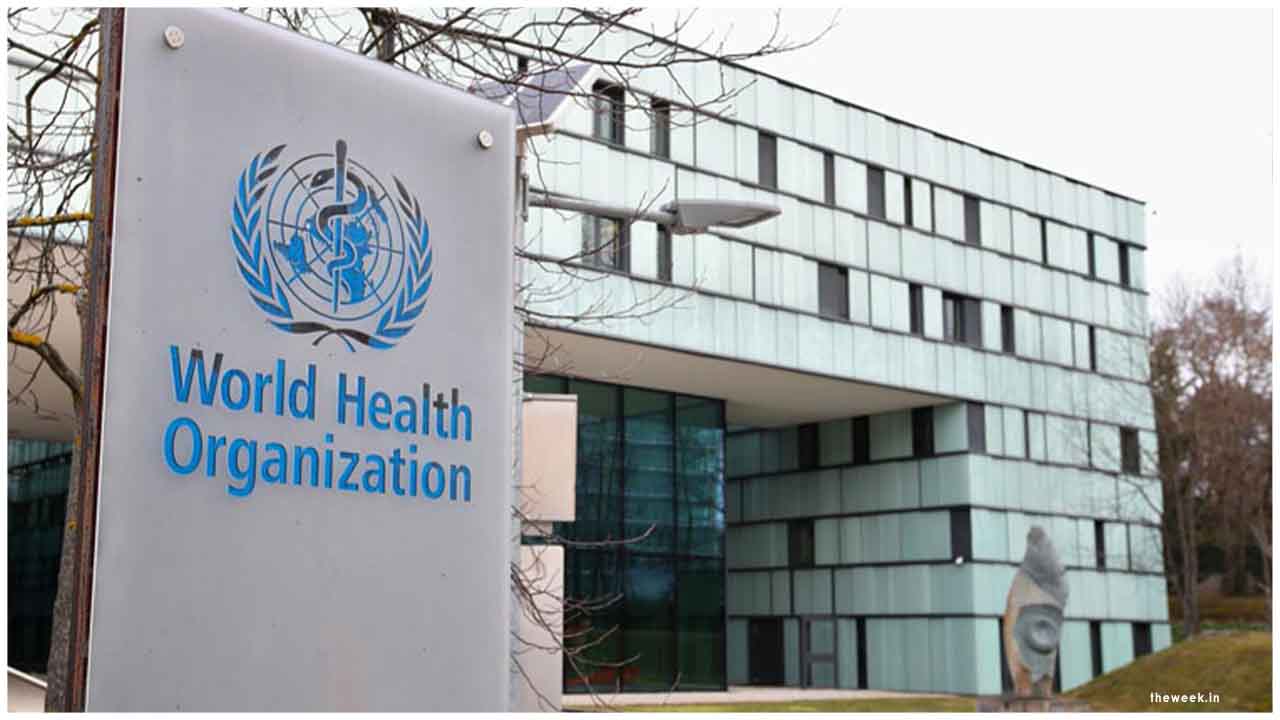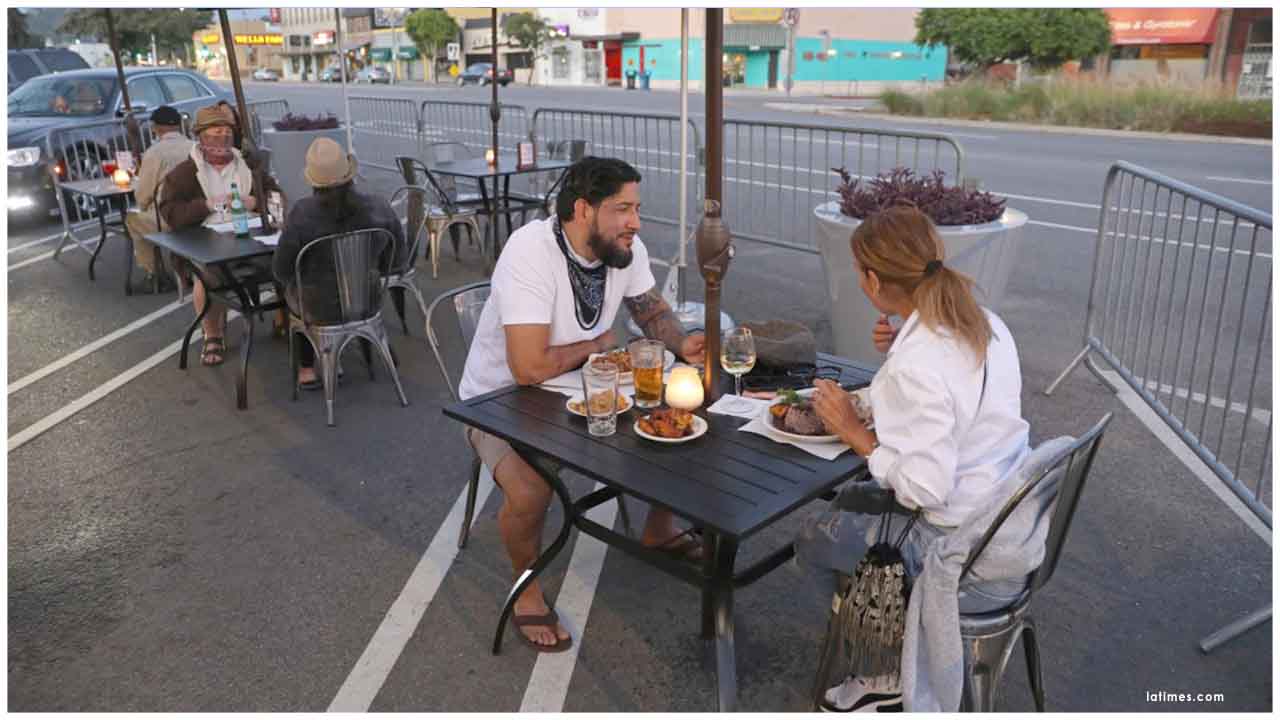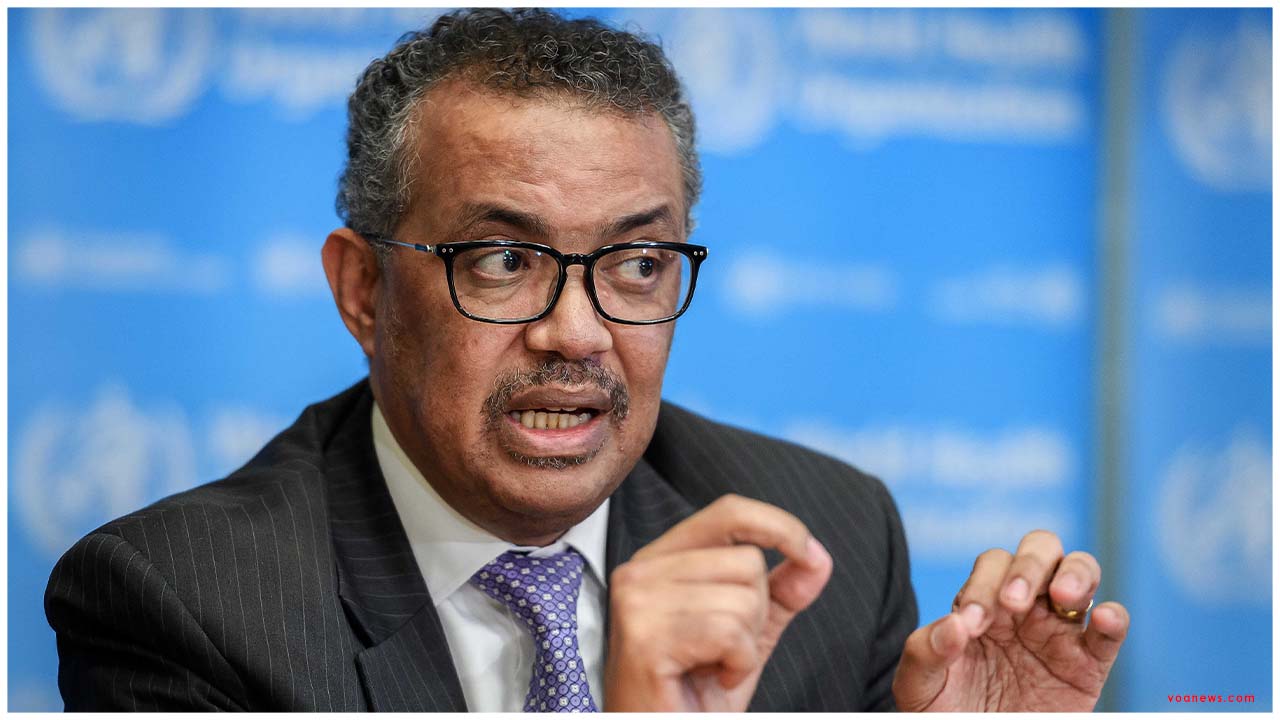In Hamburg researchers are contemplating the subtle protein structures that empower coronaviruses, including SARS-CoV-2, to grab hold. They are attempting to discover how they can imitate so quickly inside human cells.
Delivering proteins
The more they think about these proteins, the better possibility there will be to create medicines and antibodies. The initial step tries to create proteins in various cell types. Analysts state the test is immense.
"The proteins must be delivered in various cell types and a few proteins can oppose this procedure, clarifies Boris Krichel, a virologist at Heinrich Pette Institute, including: "That is consistently somewhat troublesome. These proteins at that point become excessively enormous or are changed. This is the reason you need to take certain cell types so as to get them in a manner they can be considered.
In spite of the obstructions, researchers state the work they are doing is vital.
"The activity of these proteins is to reproduce the viral genome. On the off chance that we know how the individual parts capacity and how they are assembled, at that point we can utilize this information to create drugs that explicitly stop these individual proteins," says Krichel.
"Bright lasers, mass spectrometry, protein structures, DNA, antibody stages. European specialists are investigating every possibility in the battle against COVID-19. Obviously this central exploration accumulates virologists, but at the same time it's uniting physicists, scientific experts, geneticists, and PC researchers, that could, as indicated by numerous individuals of them, before long beginning proving to be fruitful."
Mapping changes with mass spectrometry
Once created, the proteins are investigated utilizing mass spectrometry. The subsequent spectra uncover the compound character or the structure of a given protein.
"First I can utilize the mass spectrometer to quantify the protein and a while later a substance that potentially ties to the protein. So above all else, I measure the protein alone, at that point the protein with the substance. By utilizing the mass spectrometer I can see whether these two joins and I can likewise break down how solid this bond is. Furthermore, that is significant for medicating plan or medication advancement," says Kira Schamoni, a Molecular Biologist at the Heinrich Pette Institute.
These sorts of proteins are routinely concentrated with apparatuses like crystallography or electron microscopy. In any case, the specialists see huge favorable circumstances in mass spectrometry.
"With mass spectrometry, we can outline various states in which a protein exists all the while," clarifies Charlotte Uetrecht, an auxiliary virologist and gathering pioneer at the Heinrich Pette Institute. She includes: "We can check whether it has been adjusted and on the off chance that it can take on different states because of this change. What's more, inside the system of this venture, we are presently attempting to create mass spectrometry that not just supplements electron microscopy or other basic strategies, however (that) can likewise accomplish a comparable degree of detail regarding goals."
"I can utilize a mass spectrometer to gauge the local condition of a protein. That implies I can truly gauge the elements of the protein. I can't really do this with different strategies for basic science," clarifies Schamoni.
Researchers participating in this European Research Council venture began their work on mass spectrometry and coronavirus protein structures in 2018. Their examination has ended up being amazingly helpful in seeing how the SARS-CoV-2 infection recreates. It ought to likewise in the long run help grow more devices to battle the pandemic.
"Coronaviruses are commonly a test because of the size of their hereditary material. We began the task with SARS-coronaviruses and related infections, and we are currently attempting to extend it to SARS-CoV-2. The two infections SARS-CoV and SARS-CoV-2 are fundamentally the same as. So the difficulties are the equivalent," says Uetrecht.
Working for everybody
The venture is only one of the numerous at present being supported by the EU. Different activities to battle the pandemic incorporate examination to grow new immunizations, medicines, and testing. The European Commission's boss for examination and development Mariya Gabriel says its piece of a huge scope exertion to improve information to convey results.
"Europe makes up 7 percent of the total populace, yet represents 20 percent of the world's interest in exploration and advancement and 21 percent of the most elevated positioning logical papers. We should keep on supporting the European Research Council, so it can keep up this capacity to deliver research that is driven by interest, that is bleeding edge, so as to envision what will occur straightaway," Gabriel told Euronews.
Such exploration will before long go under the umbrella of "Skyline Europe". The driven €100 billion program looks to address worldwide difficulties, while simultaneously advancing science, development, and European intensity.
The Commissioner for Research and Innovation included: "We have two primary difficulties. The first is to continue putting enormous sums in exploration and advancement, as the emergency has appeared how much they are basically on the off chance that we need to offer arrangements that will permit our economies and social orders to be more ready for the following emergency. The subsequent test is that of collaboration and coordination since we are generally very much aware: the infection doesn't regard fringes. It's essential to continue concentrating on this, to have universal participation; worldwide coordination, so we can say, because of European Union authority, we are working for everybody."
Back in Hamburg, scientists state their strategy isn't just restricted to infections or coronaviruses - it can likewise be utilized on complex natural proteins.
"In the event that we think about a machine, for instance, a vehicle, on the off chance that we just gander at it all things considered or just hear it, we won't know how it works. To do this, you need to take a gander at the motor in detail, watch it at work, maybe even dismantle it and take a gander at how the individual segments work. Also, that is actually what basic science is attempting to do: to take a gander at the individual proteins, to watch their unpredictability and see the whole machine at work," says Uetrecht.
Scientists state they are happy with what has been accomplished up until this point, yet demand more work will be required in the event that they are to go past the current innovative limits. Their venture is booked to proceed until the finish of 2022.

 Futuris explores how researchers are using tools from the field of physics and other scientific disciplines to help better understand COVID-19.
Futuris explores how researchers are using tools from the field of physics and other scientific disciplines to help better understand COVID-19.








